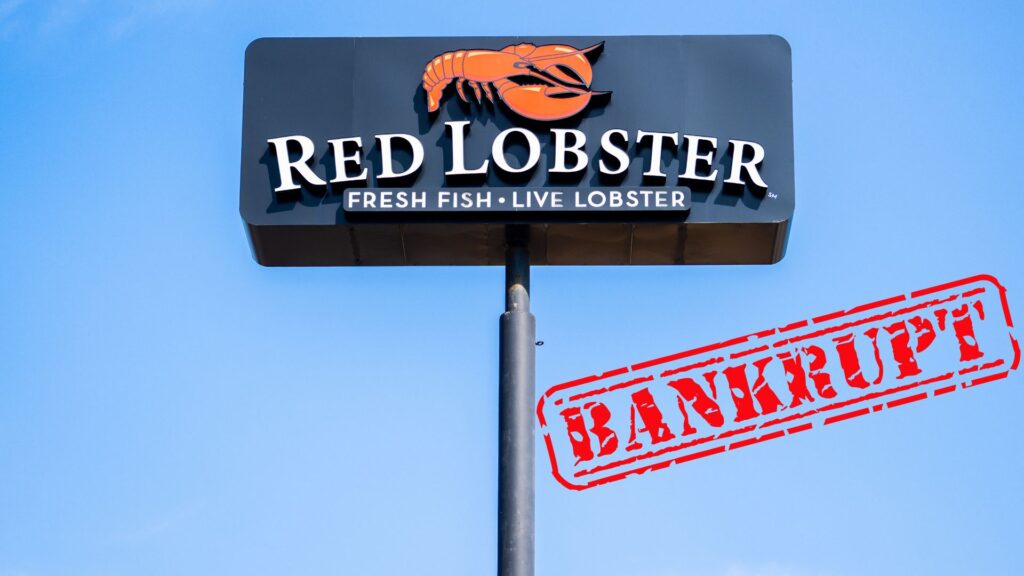In a bid to regain financial stability, Red Lobster is closing 23 more outlets across multiple states.
This follows on the heels of 100 other restaurant closures as the seafood giant tries to weather severe economic challenges. The company is focusing on cutting costs and preserving its core operations as part of a broader recovery strategy.
The History of Red Lobster
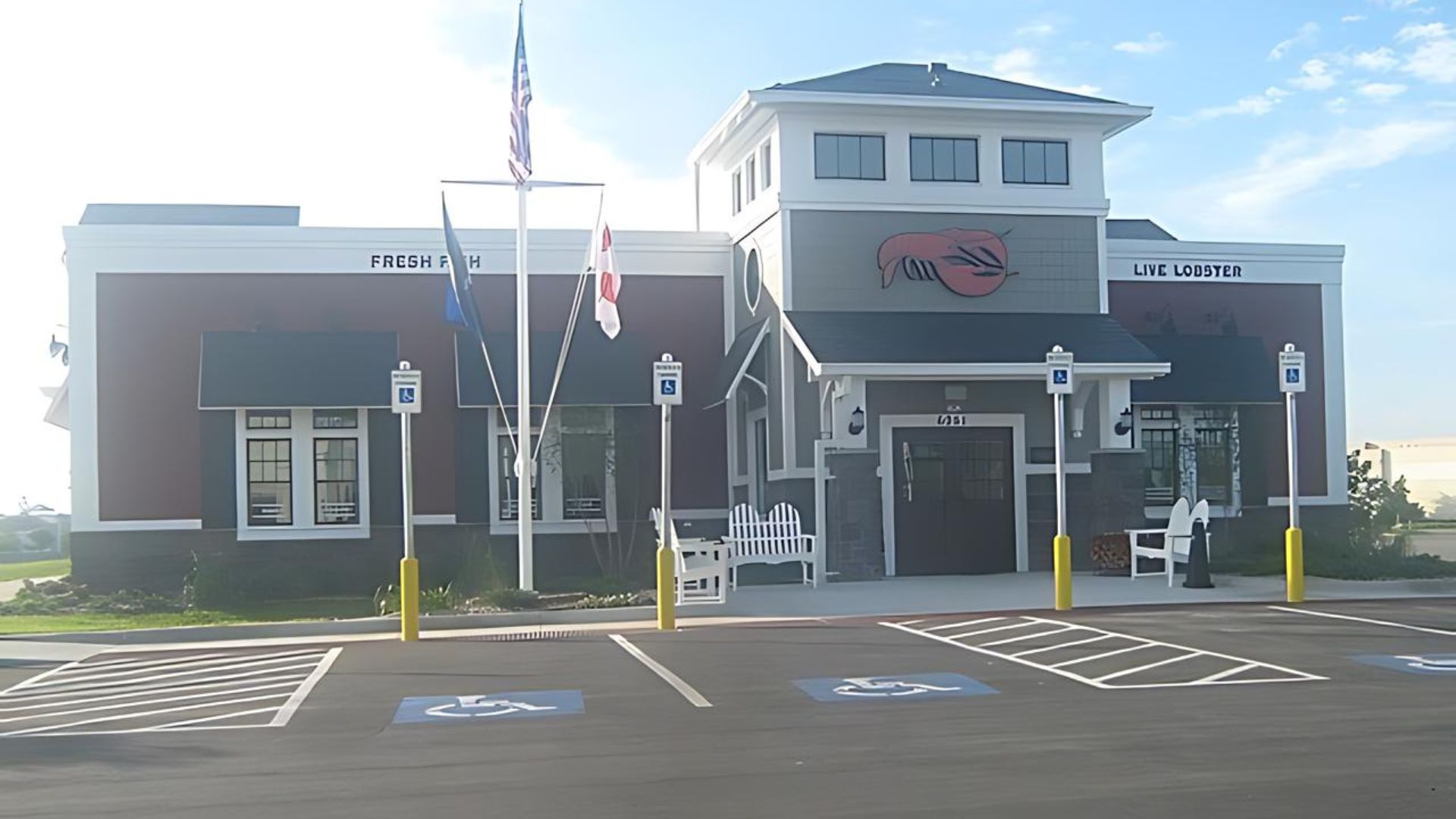
Red Lobster has a very long history. The idea for the company came from restaurateur Bill Darden, who opened the first restaurant in 1968 in Lakeland, Florida,
Over the years, the company expanded across the U.S. Its main appeal was offering affordable crab, lobster, and other seafood items that were always accessible, even if you didn’t live by the coast.
All-You-Can-Eat Shrimp

One of the main reasons Red Lobster filed for Chapter 11 bankruptcy was its all-you-can-eat shrimp deal. Customers love deals, and this one seemed too good to miss.
Customers could eat as much shrimp as they wanted for the mere sum of $20. The company’s main mistake was not making it a limited-time offer, and it ended up losing $11 million.
More Traffic but Losing Money

Most businesses offer some sort of deal to attract more customers. In Red Lobster’s case, the all-you-can-eat shrimp deal was designed to increase restaurant traffic.
In one way, this worked, as the company did get more customers through its doors. However, the deal was poorly managed because it was made a constant offer rather than a limited-time offer, which is where things went wrong.
Trying To Find a Buyer

Before filing for bankruptcy, Red Lobster was desperate to try and find a buyer. Bankruptcy was the last possible option, so the chain hoped a new buyer would come and save them.
The issue was that Red Lobster had many debts and troubles with long-term leases, which isn’t something most buyers would want to take on. Unfortunately, the company could not find a new buyer before filing for Chapter 11 bankruptcy.
Chapter 11

On May 19, Red Lobster entered into Chapter 11 bankruptcy, a move announced by CEO Jonathan Tibus.
This step towards restructuring is crucial for the company to streamline its operations and manage its debts effectively. It’s a pivotal time as the chain aims to bounce back stronger.
Investors Left the Company

Amidst Red Lobster’s woes, a further blow for the company was when its largest investor, Thai Union Group, pulled out of its investment and cited several financial burdens for its decision.
According to the company’s CEO, Thiraphong Chansiri, “a combination of [the] Covid-19 pandemic, sustained industry headwinds, higher interest rates, and rising material and labor costs have impacted Red Lobster, resulting in prolonged negative financial contributions to Thai Union and its shareholders.”
Inflation Affects Everyone

One of the main reasons Red Lobster has had to close locations is due to inflation. This is something that has also affected other businesses and their customers.
Wages aren’t going up in line with inflation, meaning people are earning less and having to pay more for everyday things, such as food and bills. As a result, many Americans are reconsidering what and where they eat and are choosing to eat at home more instead of eating out. In turn, this affects businesses, as not many people are walking through their doors as they cannot afford their prices.
Eating out Is a Luxury

Many Americans now consider eating out a luxury. Companies have to raise their prices to pay their employees wages and buy the food and ingredients from suppliers.
This hurts customers, as 71% of those who earn less than $30,000 annually see eating out as a luxury. As a result, they stop going out to eat, which then hurts the restaurants, as they’re not making the money they need to stay afloat. This goes on until the restaurant either closes down or files for bankruptcy.
Countdown to Closures
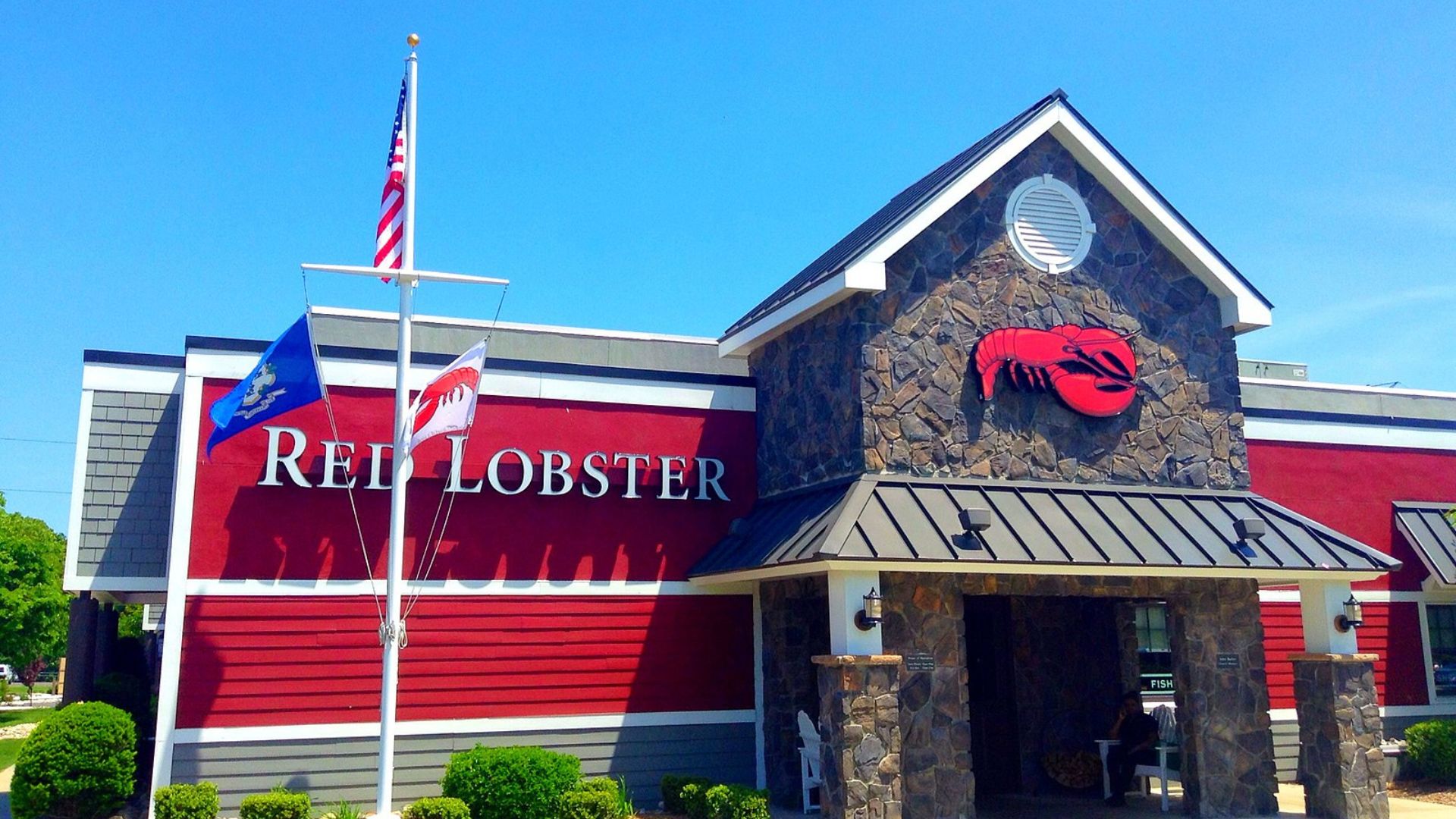
Red Lobster fans have just days left to visit 23 locations set to close by the end of August.
These imminent shutdowns are part of the company’s strategy to eliminate underperforming assets and mitigate financial losses.
Broad Impact Across the States
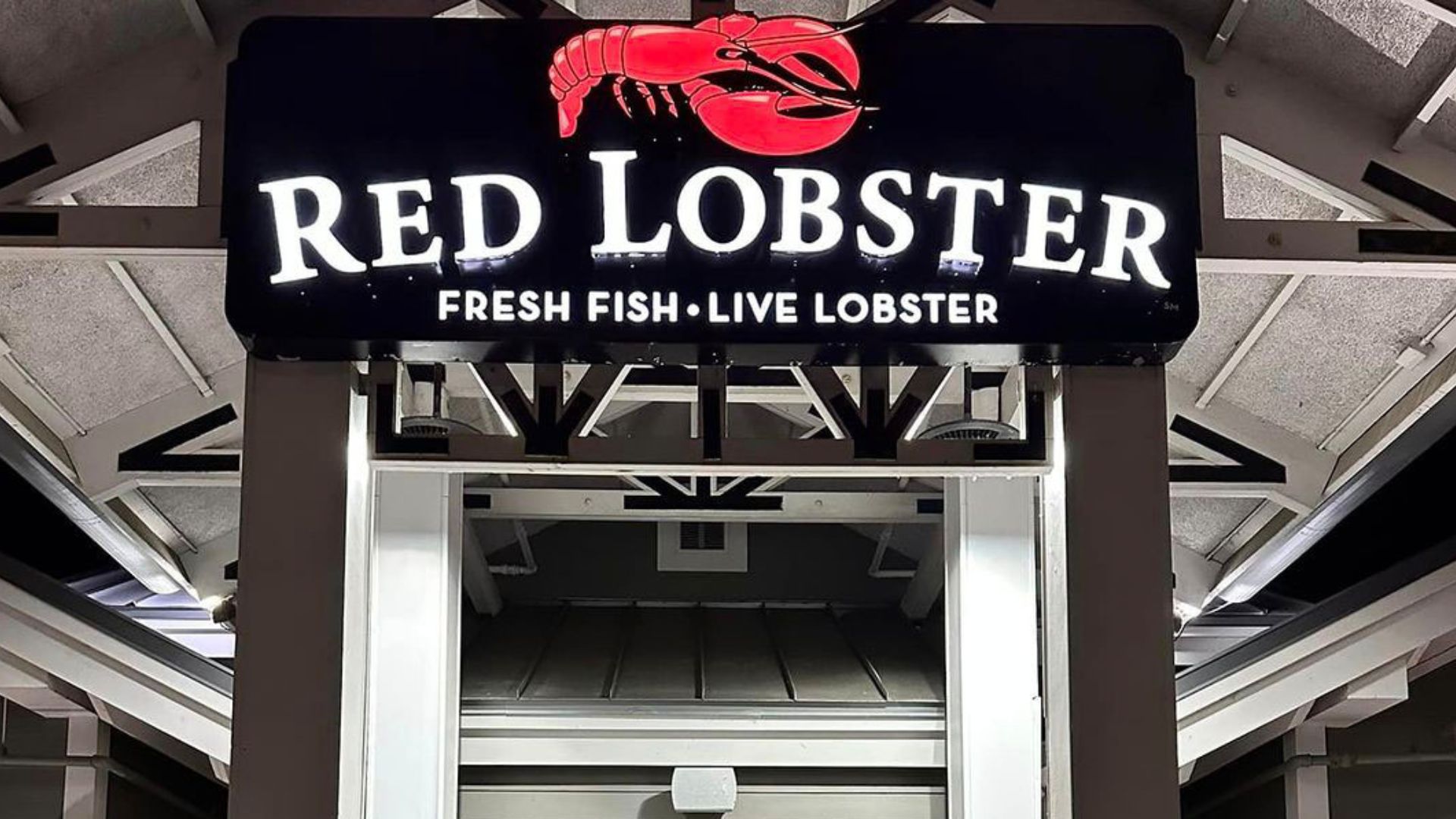
The closures are not limited to one region; 14 states will feel the impact, with Virginia, Florida, and Illinois each seeing three restaurants close.
This wave of shutdowns highlights the deep financial struggles that have forced Red Lobster to retrench its operations.
Nationwide Scale Back
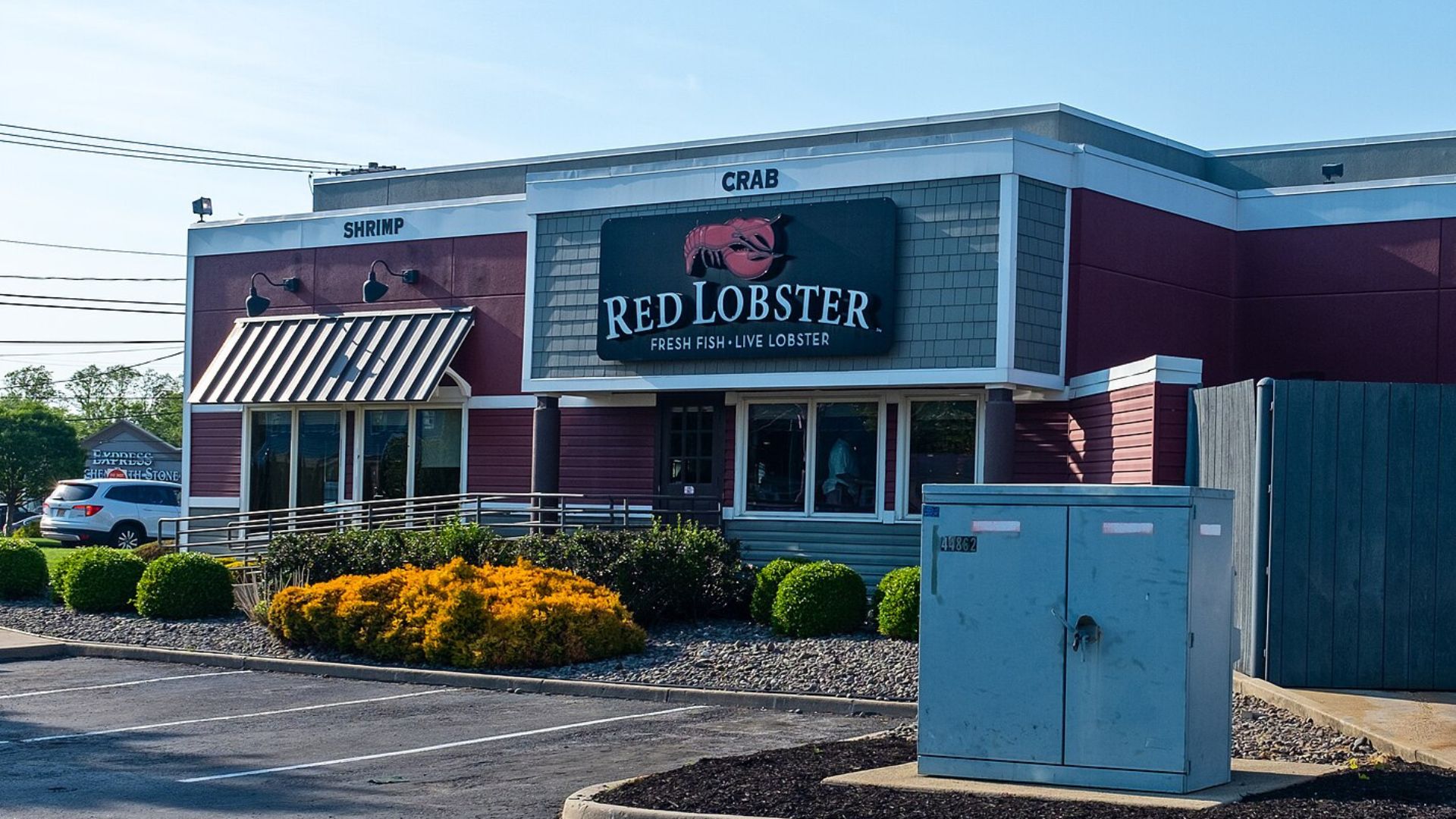
Over 100 Restaurants Closed According to the company.
This extensive number of closures highlights the scale of the chain’s financial and operational challenges as it tries to navigate through economic downturns.
Greatest Fears Come True

The problem for Red Lobster is that its greatest fears have come true. Back in June, bankruptcy filings revealed a list of 228 rejected leases that would lose money if they continued to operate. Some of these were locations that the company had already shut down.
This meant that there was a risk of closing another 129 restaurant locations. Unfortunately, the worst-case scenario has come true. With these 23 locations adding to the 106 that had already closed throughout the summer, the predicted number of restaurants has now closed.
Other Red Lobster Locations Remain Open
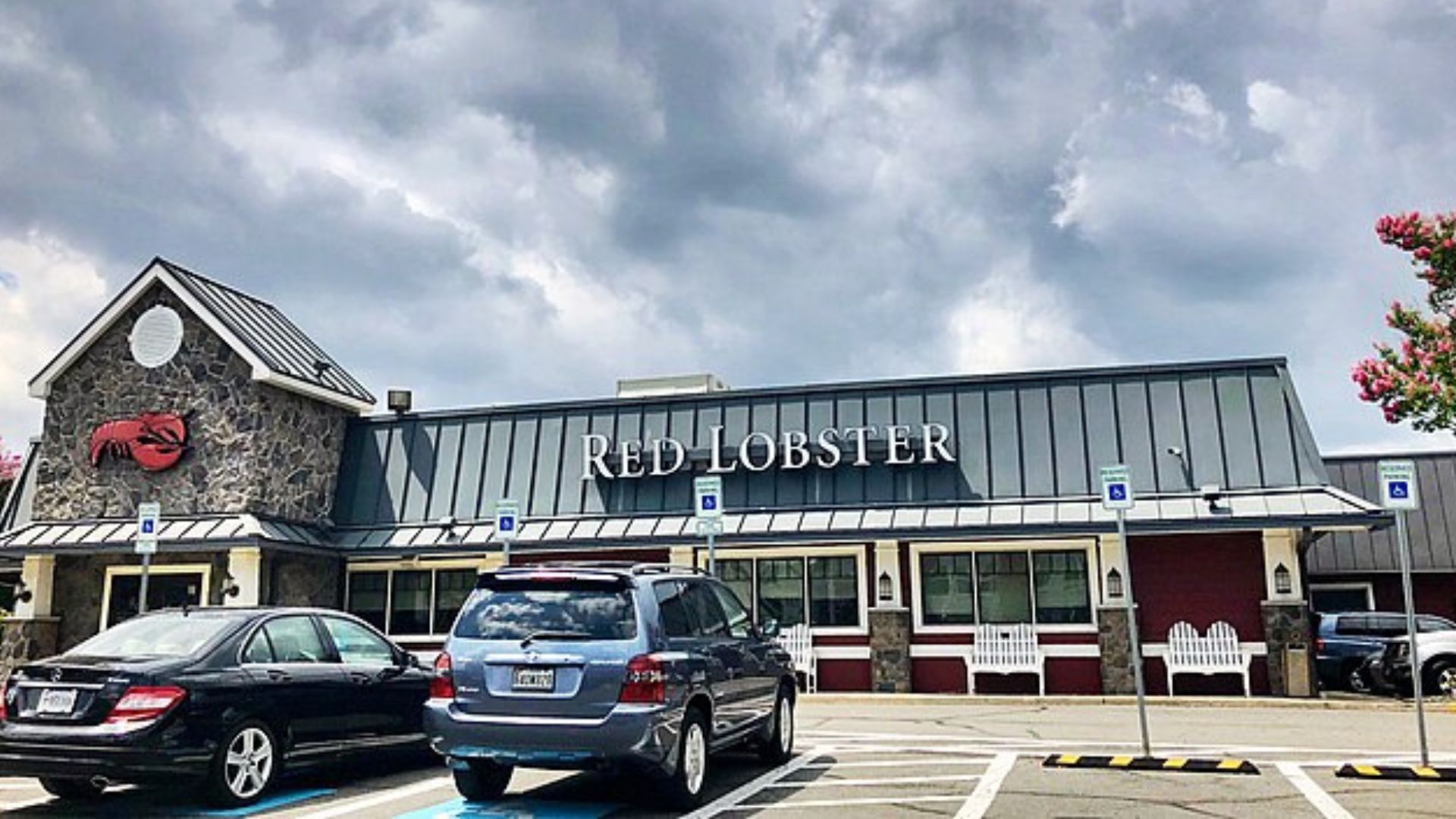
Fortunately for seafood lovers, 500 Red Lobster locations will still remain open. However, this is down from the 650 locations that were open at the same time last year.
Due to the financial challenges that the company and the restaurant industry have been facing in general, there is hope that none of Red Lobster’s other locations will be forced to close down. However, at this stage, nothing can be guaranteed.
A Difficult July for Red Lobster

The scale of Red Lobster’s challenges continues to grow, with seven more stores having shut down in July alone, affecting states like Alabama and Arizona.
These moves are part of a broader strategy to consolidate and stabilize the business.
Economic and Promotional Misfires

The chain attributes part of its financial struggles to the economic downturn and problematic promotions like the all-you-can-eat shrimp special.
These promotions, though popular, have not been financially sustainable, exacerbating the company’s losses.
Promotional Pitfalls
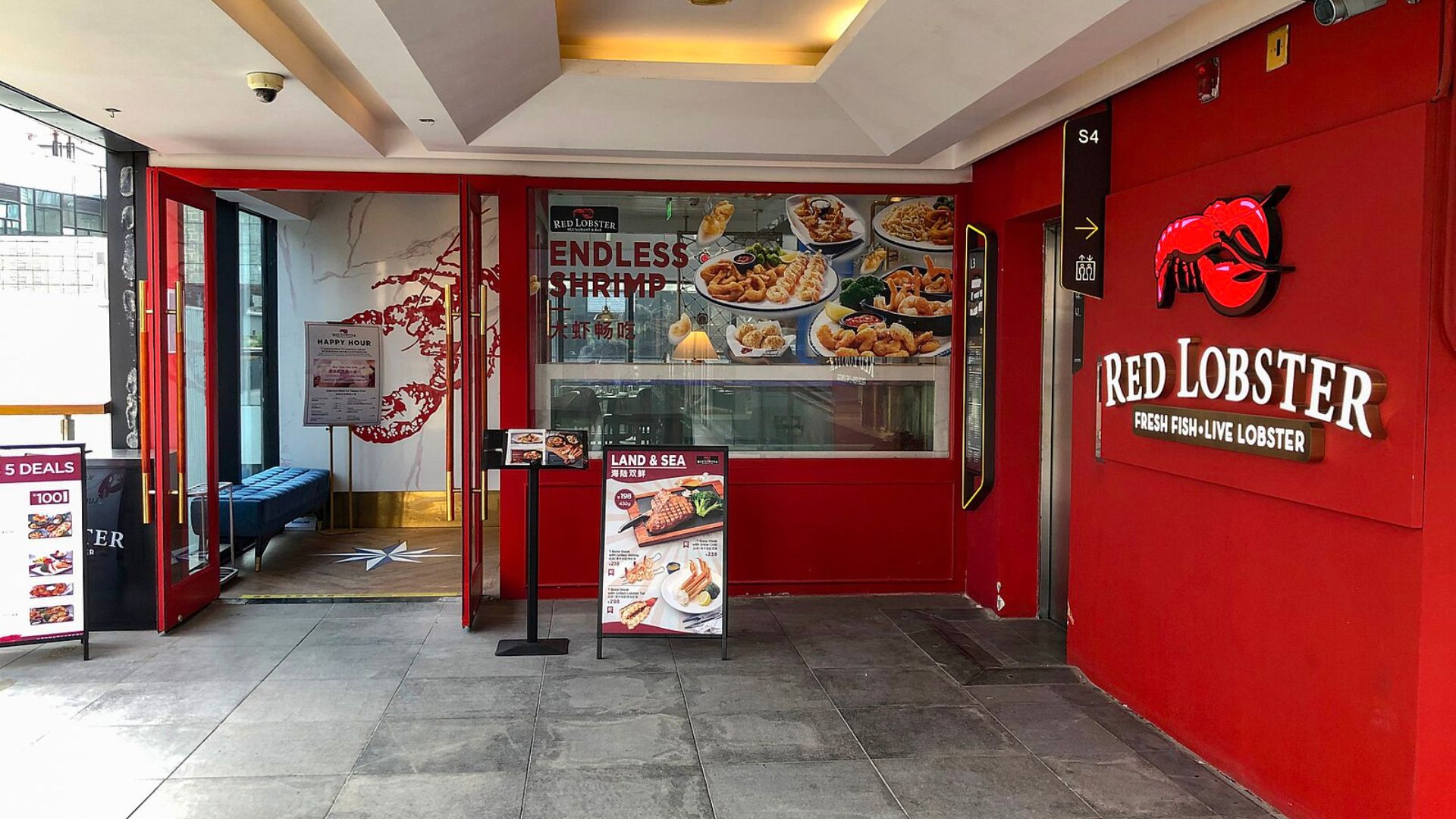
A financial report revealed that Red Lobster suffered a loss of $11 million in the third fiscal quarter of last year, as a result of that one deal.
This significant loss highlights the risks associated with aggressive marketing strategies that fail to yield profits.
Tightening the Belt
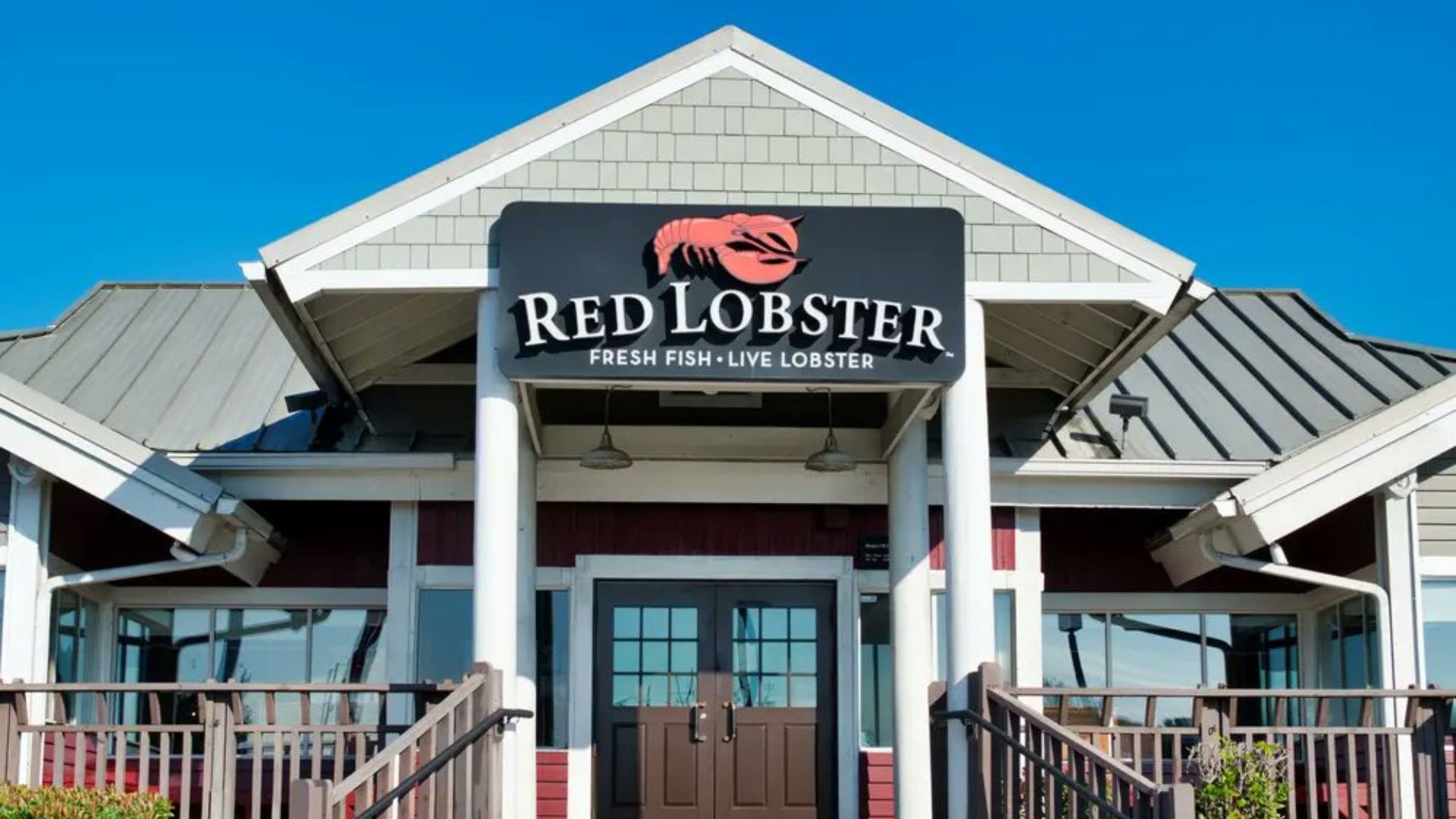
CEO Tibus had announced plans to “sharpen its operations across the company,” focusing on reducing non-essential expenses and enhancing efficiency.
These strategic adjustments are aimed at improving the company’s profitability and securing its future.
Finding a New Buyer

Eventually, Red Lobster was able to find a new buyer. Fortress Investment Group bought the company after giving it a $100 million loan in the hope of keeping it afloat.
Fortress also owns Krystal, Logan’s Roadhouse, and J. Alexander’s. The company has appointed Damola Adamolekun to run Red Lobster, but a Florida bankruptcy judge must approve this plan first so the company can exit Chapter 11.
Companies Replacing Red Lobster

With these Red Lobster locations now set to close, many people are already looking to the future by thinking of businesses that would be able to take over the lease of these buildings.
In New York, some possible Red Lobster replacements include the Cheesecake Factory, P.F. Changs, Bonefish Grill, Brazilian Steakhouse, Ninety Nine, and Ground Round.
Widespread Struggles in Retail and Dining

Red Lobster is far from alone in its financial difficulties; the entire retail and dining sectors are facing similar challenges.
Conn’s HomePlus, for instance, has also entered bankruptcy, reflecting a broader trend of economic distress in these industries.
Conn’s HomePlus Closing Down

Conn’s HomePlus has escalated its response to financial hardship by closing all 170 of its stores.
This radical move is a reflection of the severe financial distress the company is experiencing, forcing it to completely halt operations.
Furniture Sector Feels the Pressure

The closure trend extends to Badcock Furniture & More, another Conn’s-owned entity, which is also shutting down all its locations.
This demonstrates how widespread the economic challenges are, impacting various sectors including furniture retail.
A Sign of the Times
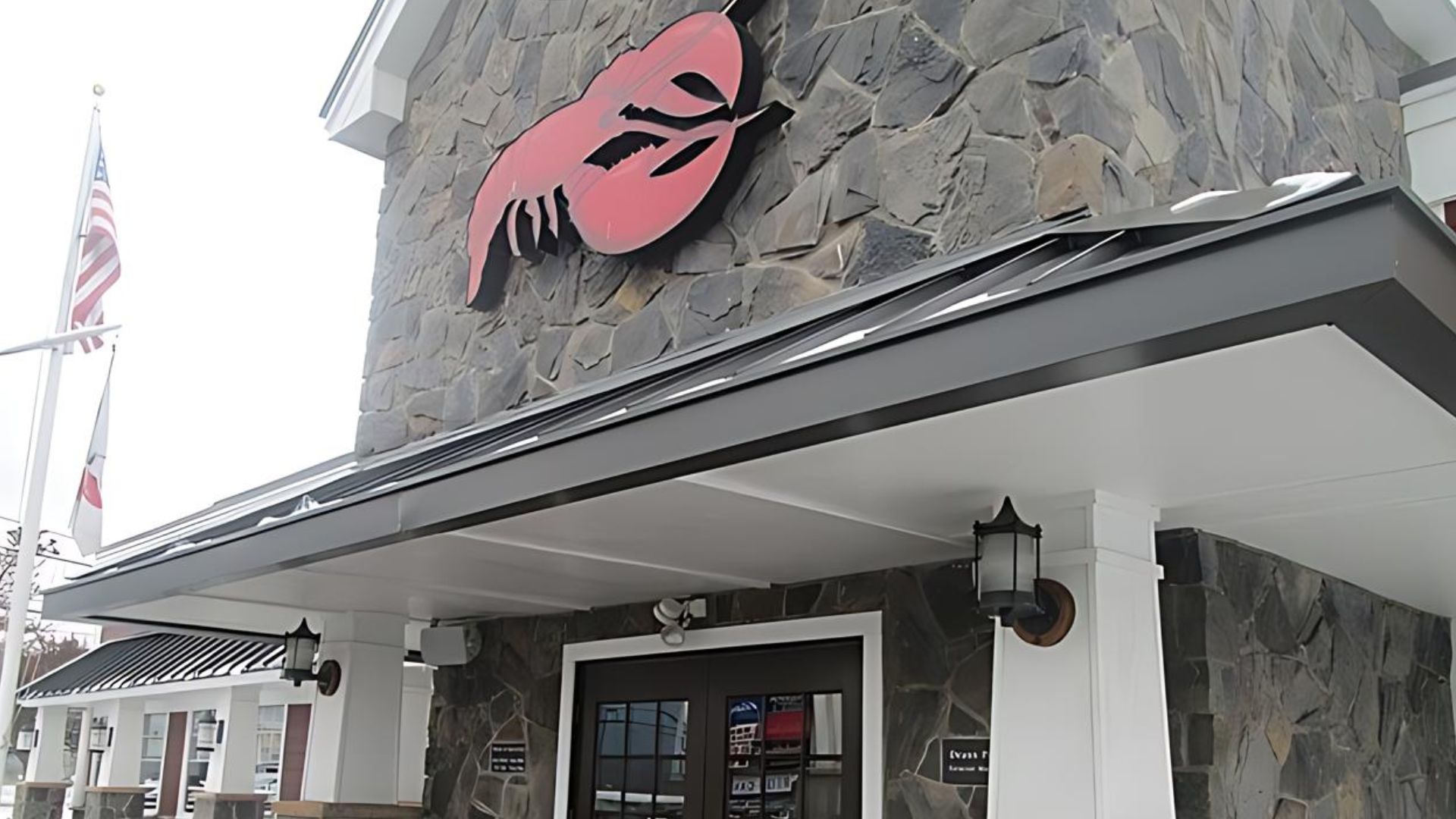
All of this is just a sign of the times. With many businesses across all sectors struggling to stay afloat, business owners are becoming worried as they don’t want their businesses to be the next to file for Chapter 11 bankruptcy.
However, there is still hope for Red Lobster. Despite 20% of its locations having closed within the last year, the promise of a buyer could mean that shrimp is back on the menu, just not with the same deal that caused it to go bankrupt in the first place.
